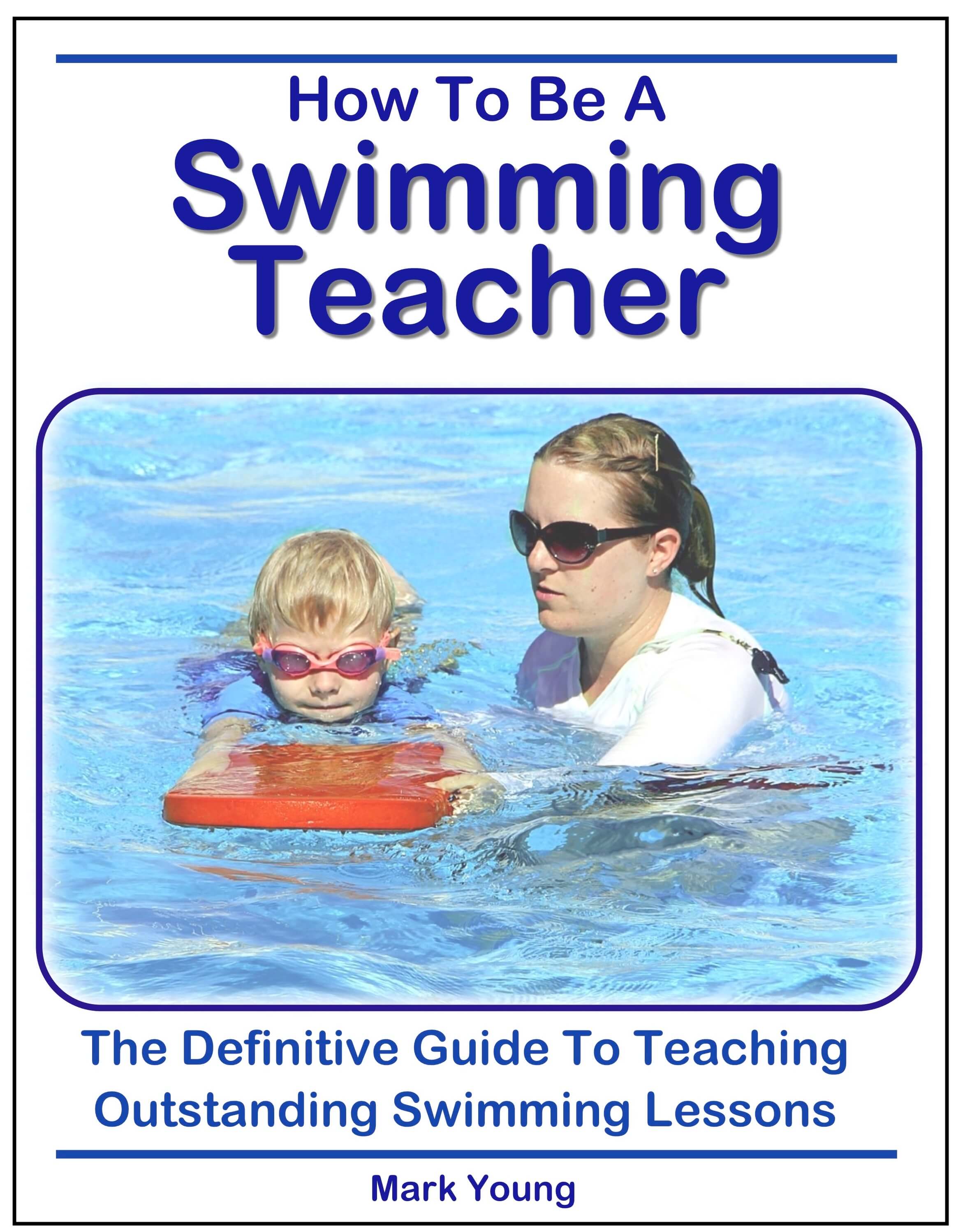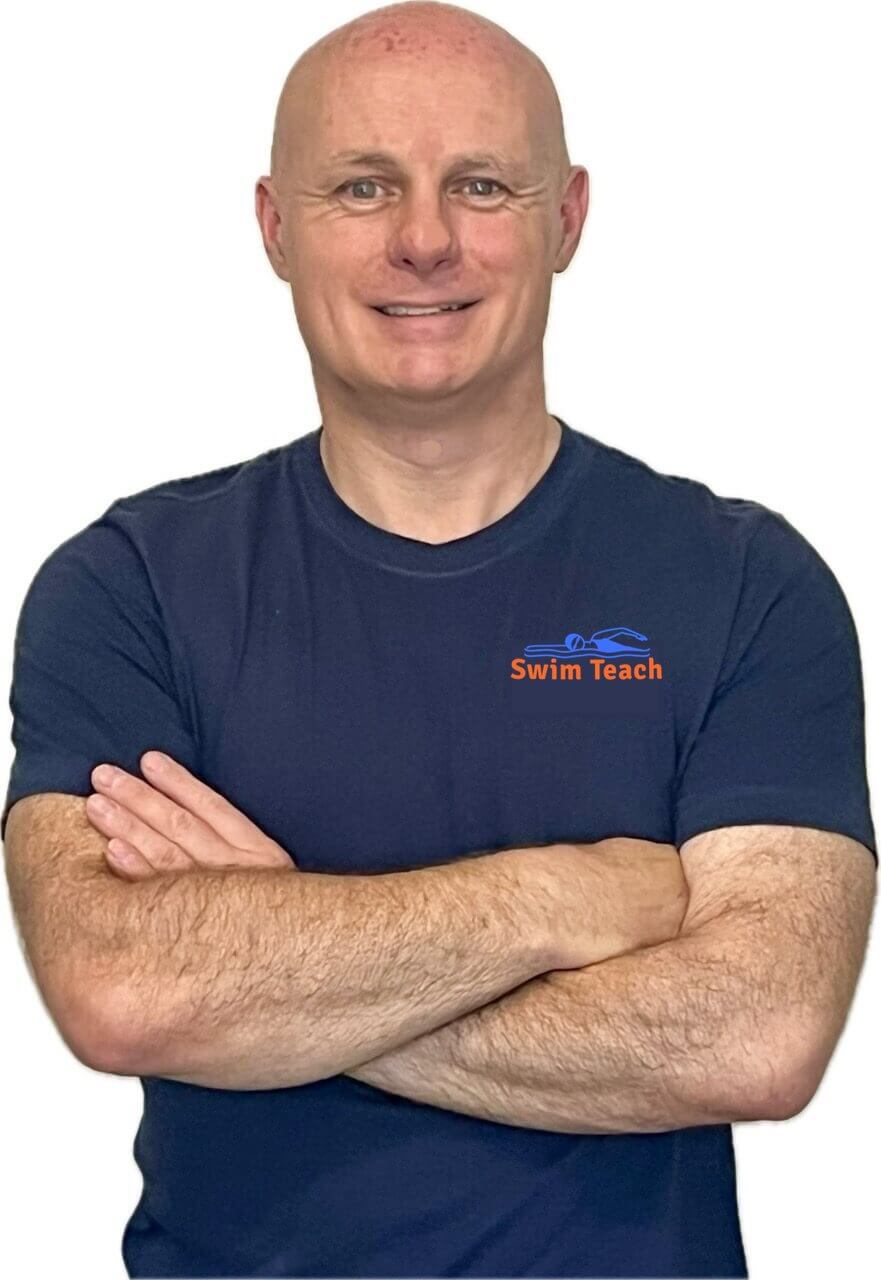- Swim Teach Home
- teaching tips
- How to Teach Swimming Lessons
- Teaching Butterfly - Where to Start and Preventing Potential Faults
Teaching Butterfly - where to start and preventing potential faults
By Harry Peacock
In response to those who seek advice on teaching the butterfly stroke to young swimmers, I would like to offer the following notes for their consideration. In particular, the issue of what fundamental point it is most beneficial to start teaching the stroke and how to avoid creating problems rather than solving them at a later stage.
Firstly, do away with all forms of swim-aids (floats, woggles etc.). More of a hindrance than a help, and yes, there is some evidence to suggest that floats can cause mild back strain. Therefore, we must assume the learner can swim other strokes quite well and is confident enough to at least hold the head underwater for short periods whilst practising.
All the technical aspects of a good butterfly have a close inter-dependency, so my own starting point for teaching butterfly must be the dolphin action of the body and how this will (eventually) relate to the leg kick.
However, much has been written about the 'importance' of teaching the dolphin leg kick when learning the Butterfly stroke. The evidence is there to be seen in many learn-to-swim programmes and coaching sessions for the more advanced performer.
In my experience of teaching and coaching swimming (40+ years in the UK), this is more likely to produce an over-flexion at the knee with little or no undulation of the hips. The result is merely a 'thrashing' of the lower legs against the surface of the water, an action which is obviously to the detriment of the stroke as a whole. Do we not thereby risk creating faults before we even start?
Knowledge of basic stroke mechanics tells us that the downbeat of each leg kick (action - or cause) will elevate the level of the hips (reaction - or effect). OK, but to nip this potential fault in the bud, why not reverse the 'cause' and 'effect' in the early learning stages by emphasising a dolphin body movement (as opposed to leg action), with the legs held relatively still and straight? The legs will then react or affect) to the action (cause) of the hip movement rather than vice-versa.
In time, more emphasis can be placed on the action of the leg kick as the learner becomes more efficient at performing the stroke as a whole.
I've tried this teaching technique for several years now, especially with those in the earlier learning stages, and found it effective and reliable. With a little foresight, potential problems can be eliminated before they are created as an unintended consequence of more orthodox and restrictive teaching practices.
With effective dolphin action and a low head position, the arm movement is easier to perform, particularly at the ‘recovery’ stage.
Granted, not the easiest of strokes to learn, but to a point problems can be eliminated before they even emerge.
How To Be A Swimming Teacher - The Definitive Guide To Teaching Outstanding Swimming Lessons. With over 80 fully illustrated drills. Click here for an INSTANT PREVIEW.
Don't miss out! Click here to grab a copy of my book.
Shoulders Lifting and Rolling When Kicking
I have an adult beginner who has all the freestyle techniques OK and can put it together well. However, he has a problem with his shoulders lifting and rolling when kicking.
It is really pronounced. The shoulders lift and roll alternately to the leg kicks. ie, right leg kick lifts the left shoulder out of water. The faster he kicks, the more pronounced the roll. It's like he's dancing in the water!
However, the spine, arms, neck, and head appear to maintain their streamlined position (no noticeable movement other than a slight elevation of upper arms as the shoulder lifts/rolls). Any hints or ideas would be greatly appreciated.
The first thing that needs to be asked is what you are attempting to achieve from kicking with a kickboard.
If it is leg strength, stamina, or technique you are attempting to gain, then the fact that he moves his shoulders when he kicks is irrelevant. Especially if his leg kick technique is correct and he is covering some distance down the pool, he will gain what he needs from the exercise.
It is probably the case that he is only doing what comes naturally, and I suspect when he puts the arms and legs together for the full stroke, he kicks and pulls with the same rhythm and timing that he moves his shoulders when he kicks with the board.
If you really want to eradicate his shoulder movements, you could try getting him to kick without holding a kickboard, just keeping his hands together in front. The fact that he is not holding onto something may encourage him to keep his upper body still.
You could also try him with some fins. Sometimes the extra power generated from fins can add a new feeling and sensation in the water, meaning the swimmer gets a more enhanced feeling of movement through the water and therefore does not subconsciously look for extra help from other muscles.
Fins can also be a good way to enhance and develop leg kick strength, stamina, and technique.
Keep in mind that kicking front crawl legs while holding a kickboard can be a very demanding and energy-sapping exercise, even for well-established swimmers, let alone beginners. Therefore, it is very easy to recruit additional muscles and movements without consciously attempting to gain some extra momentum and movement.
This may well be exactly what your beginner is doing, and my suggestions above may help, but they may make things worse! I guess you will not know until you try them out.
I hope you find the information above useful and I wish you the best of luck.
A Swimming Teacher's Best Friend
The Definitive Guide To Teaching Outstanding Swimming Lessons.
I am a member of the Amazon Associates Program and I will earn a commission from qualifying purchases at no extra cost to you.


